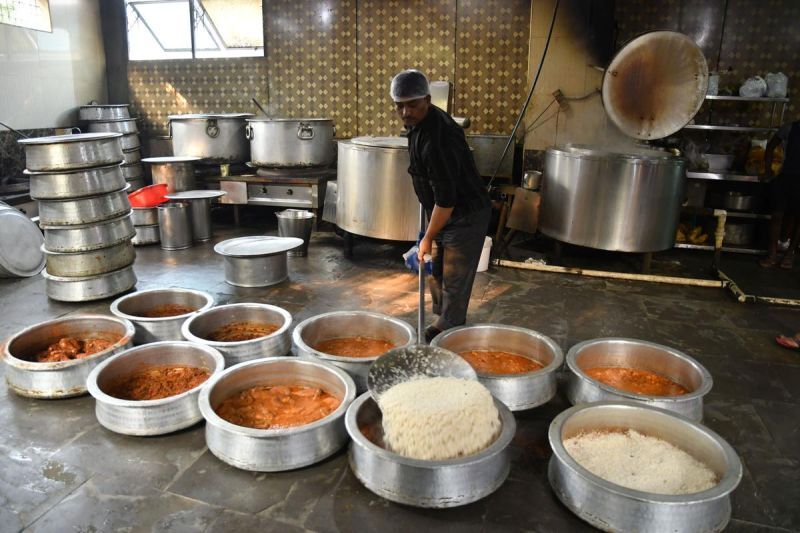

Hyderabadi Biryani and Awadhi Biryani are two popular variations of the classic Indian dish, each originating from different regions and showcasing distinct flavours, ingredients, and cooking techniques.
Here are some key differences between Hyderabadi Biryani and Awadhi Biryani:
1. Origin:
Hyderabadi Biryani: Originating from the city of Hyderabad in South India, Hyderabadi Biryani is known for its rich and aromatic flavours influenced by the culinary traditions of the Nizams.
Awadhi Biryani: Hailing from Lucknow in the northern state of Uttar Pradesh, Awadhi Biryani is associated with the Awadhi cuisine of the Mughal era.
2. Cooking Method:
Hyderabadi Biryani: Hyderabadi Biryani, also known as Kacchi Biryani, is typically prepared using the ‘dum’ cooking method. This slow-cooking technique lays the marinated meat and partially cooked rice in a heavy-bottomed pot. The pot is then sealed with dough to trap the steam, and the biryani is slow-cooked over a low flame or in an oven. This allows the flavors to meld together and the meat to become tender.
Awadhi Biryani: Awadhi Biryani, which is a Pakki Biryani, is also cooked using the “dum” technique, but it often involves marinating the meat in yoghurt and a blend of aromatic spices for a shorter period, and the meat is cooked with infusing it with flavour and then layer the half-cooked rice.
3. Meat Used:
Hyderabadi Biryani: Hyderabadi Biryani is commonly made with either goat meat (mutton) or chicken as the primary protein ingredient.
Awadhi Biryani: Awadhi Biryani traditionally uses goat meat (mutton) as the preferred protein choice, and it is known for its tender and succulent texture.
4. Flavor Profile:
Hyderabadi Biryani: Hyderabadi Biryani is characterized by its bold and spicy flavours, with a distinctive blend of fragrant spices like cloves, cardamom, cinnamon, and bay leaves. It often has a stronger taste of garam masala.
Awadhi Biryani: Awadhi Biryani is known for its subtle and nuanced flavours, focusing on aromatic spices like saffron, mace, nutmeg, and rose water, imparting a more delicate and fragrant taste.
5. Rice Variation:
Hyderabadi Biryani: The rice used in Hyderabadi Biryani is usually long-grain basmati rice, known for its slender grains that cook up fluffy and separate.
Awadhi Biryani: Awadhi Biryani traditionally uses a shorter-grain variety like the aromatic and flavorful Kalijeera or Ambemohar rice. However, basmati rice has been picked up for its biryani, and people have already accepted it as it looks rich and flavourful.
In summary, while both Hyderabadi Biryani and Awadhi Biryani are beloved regional variations of the classic biryani dish, they offer distinctive taste profiles, cooking methods, and ingredient choices that reflect the culinary diversity and cultural heritage of their respective regions in India.